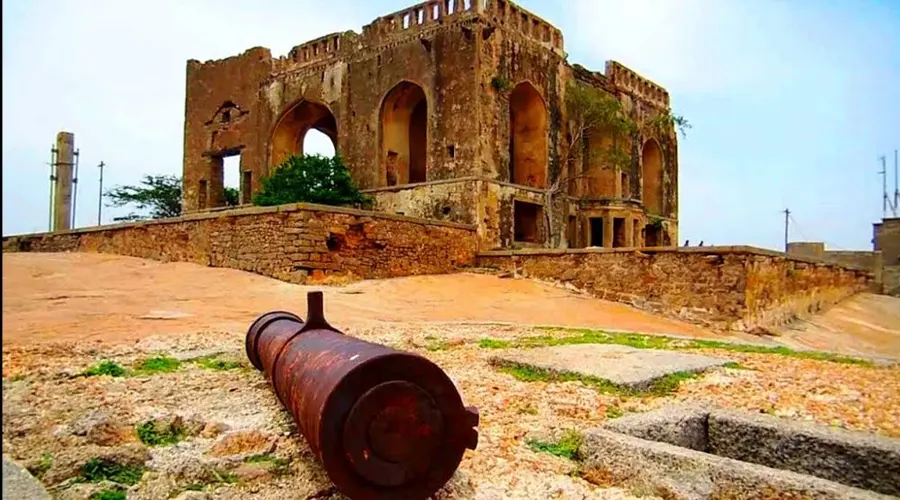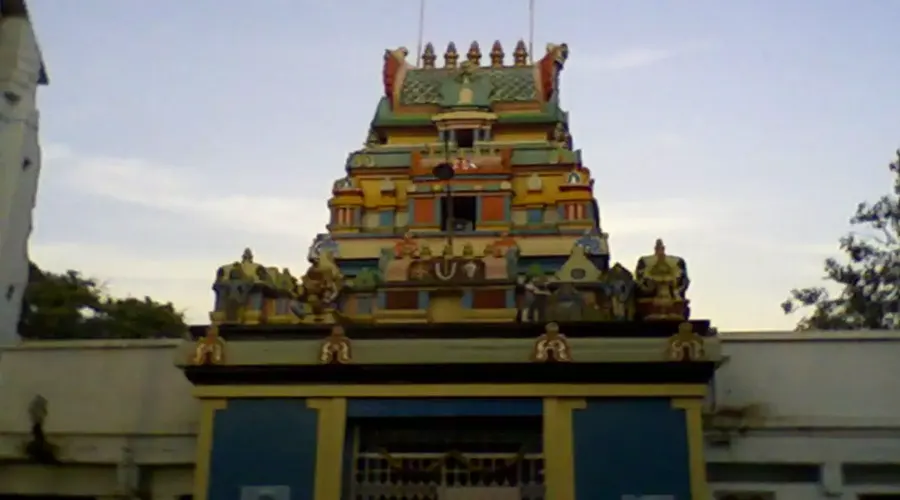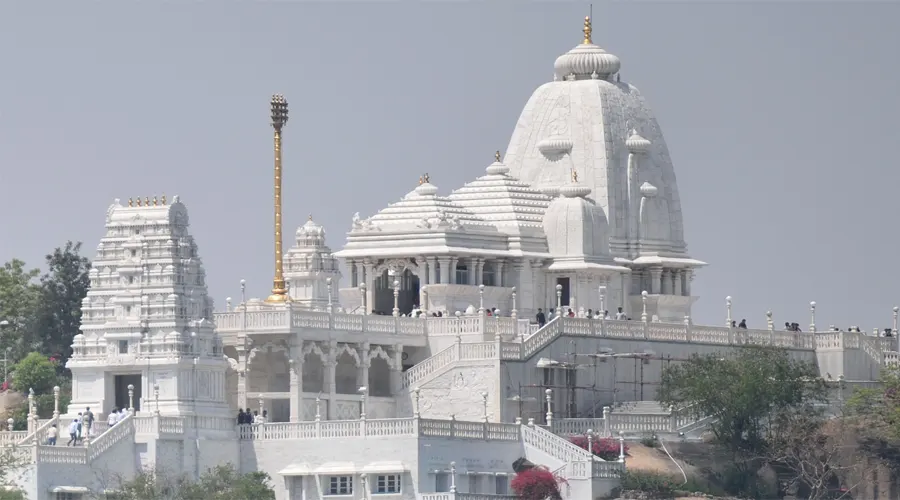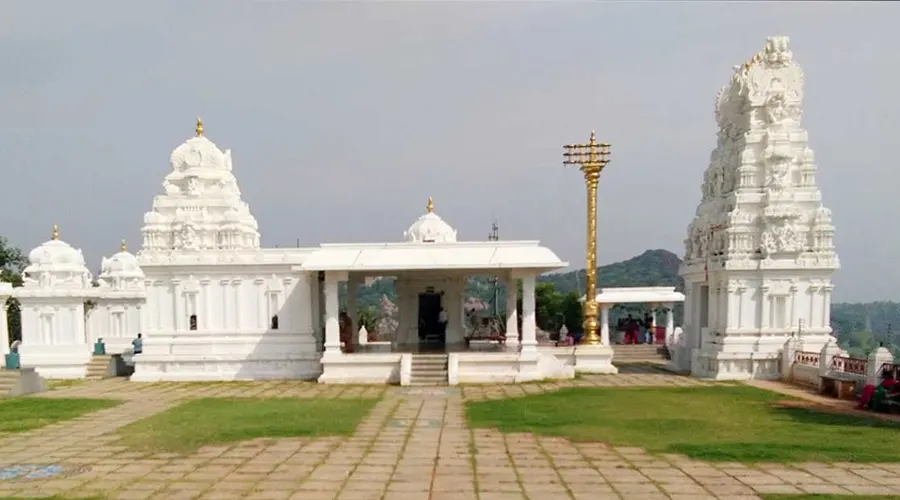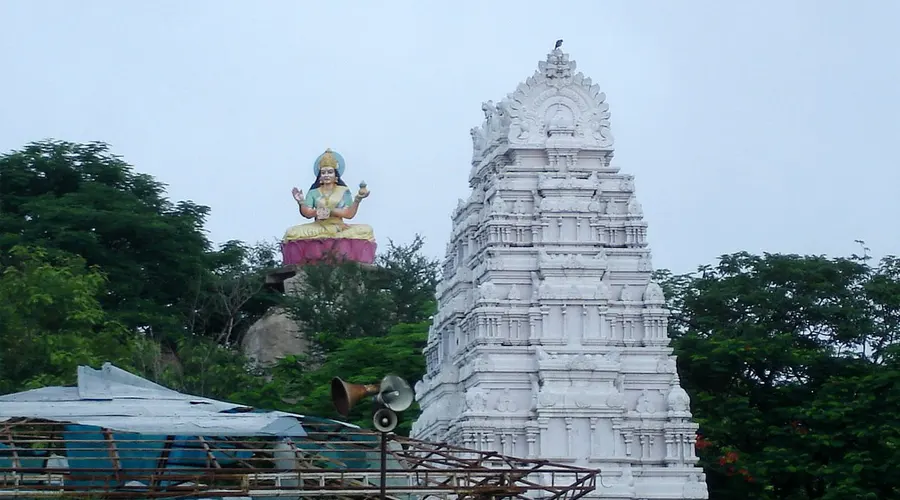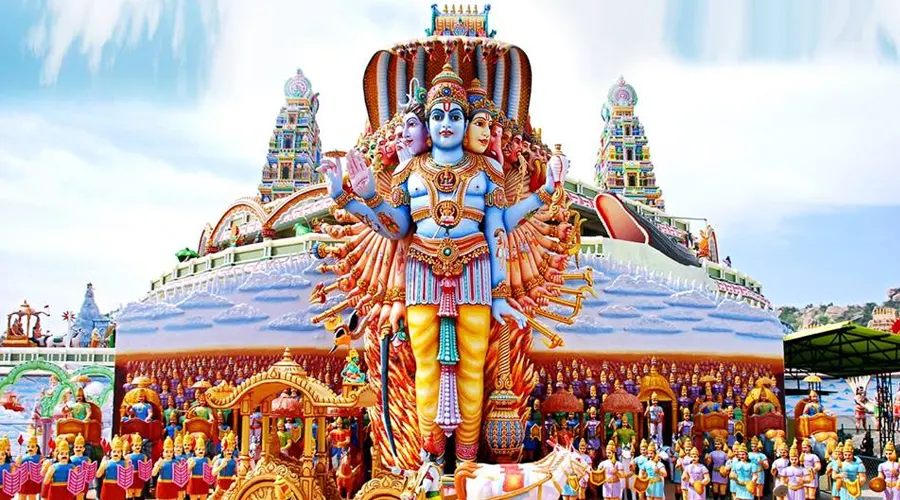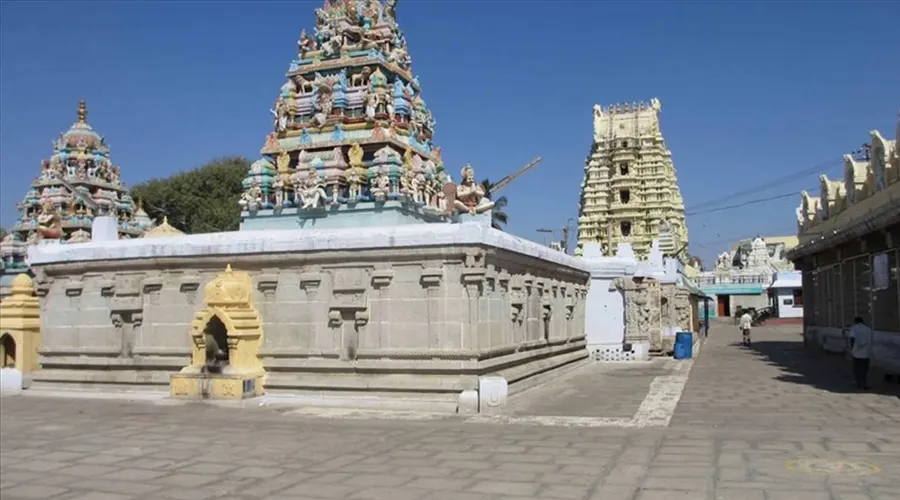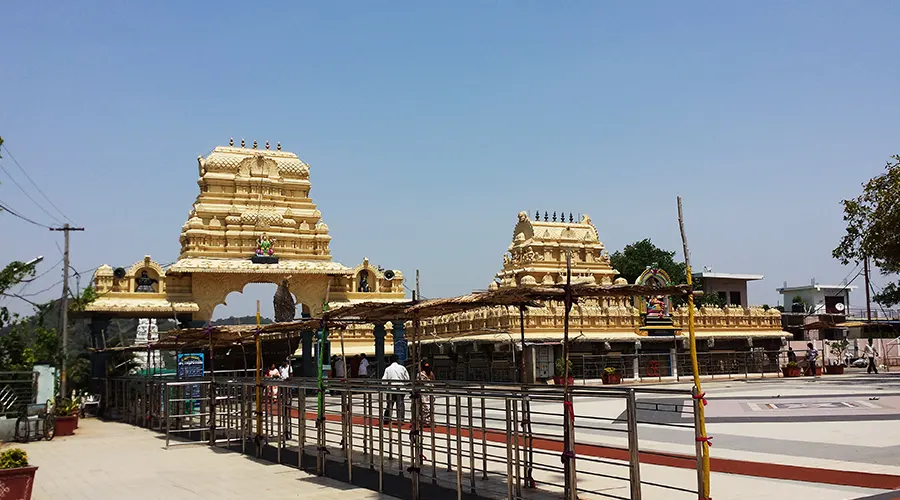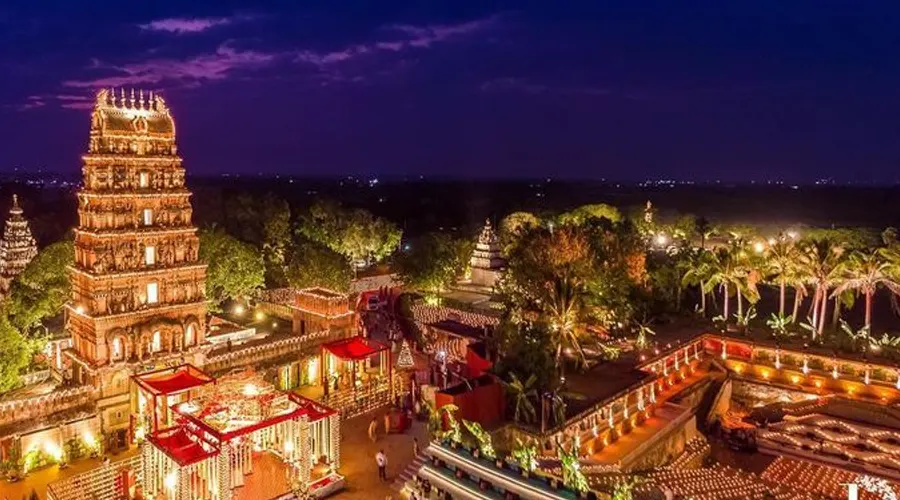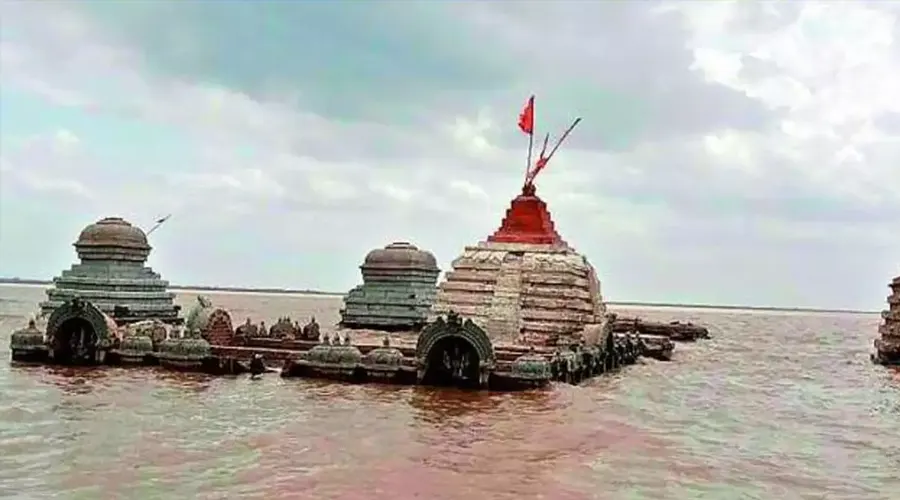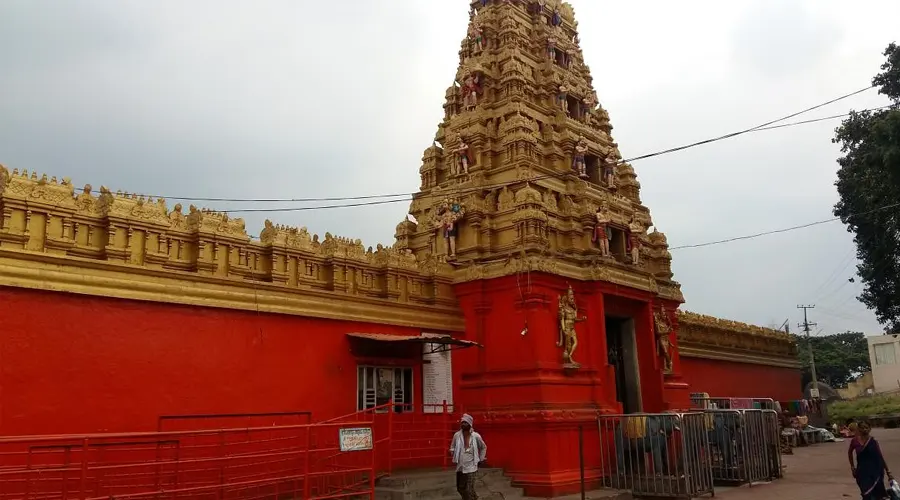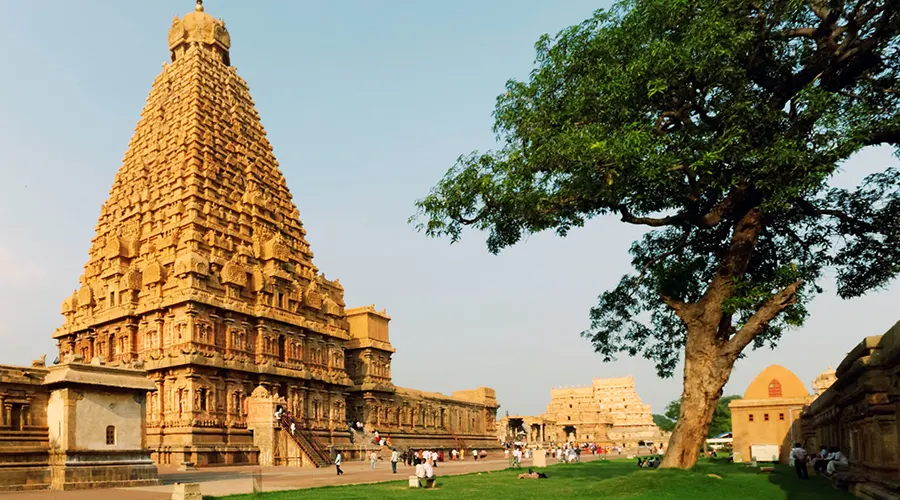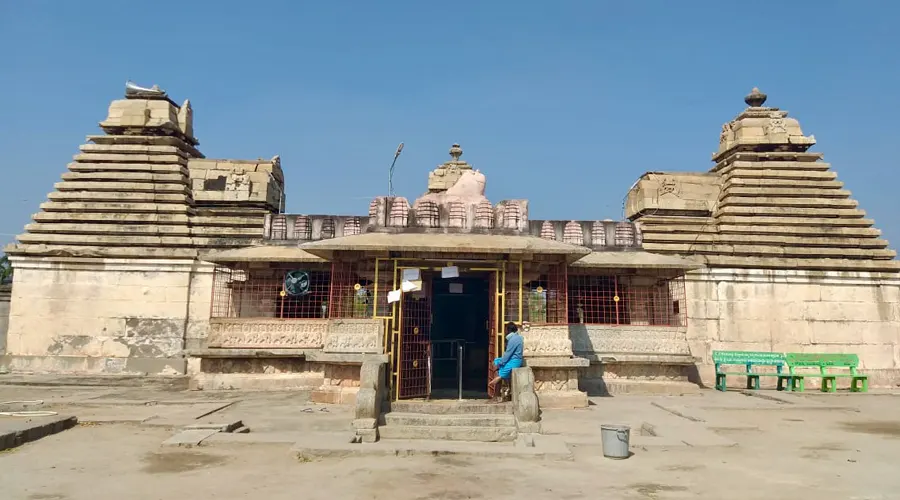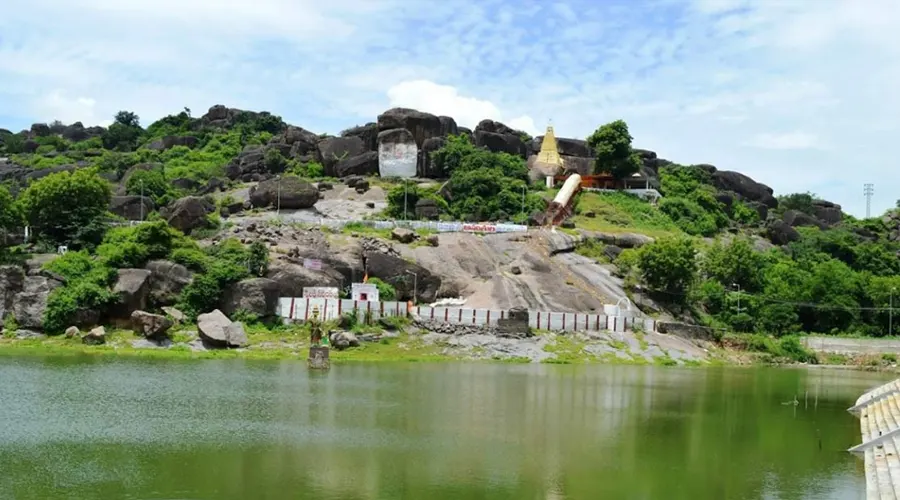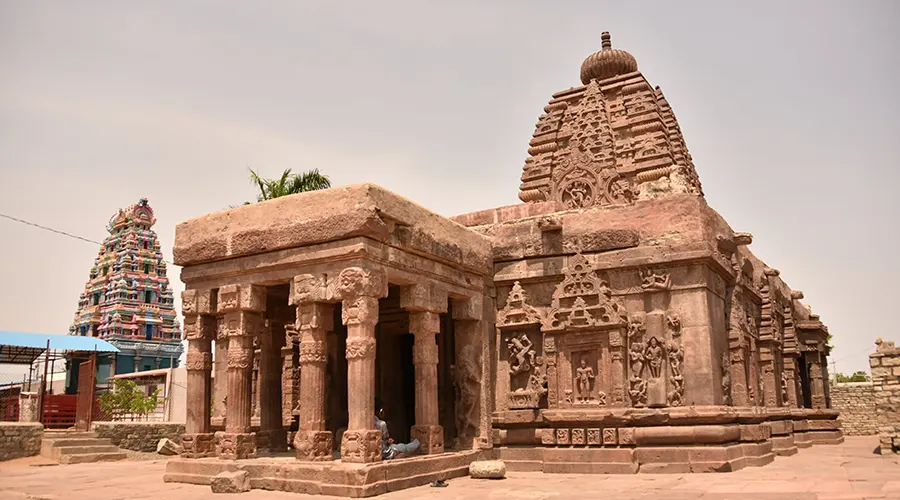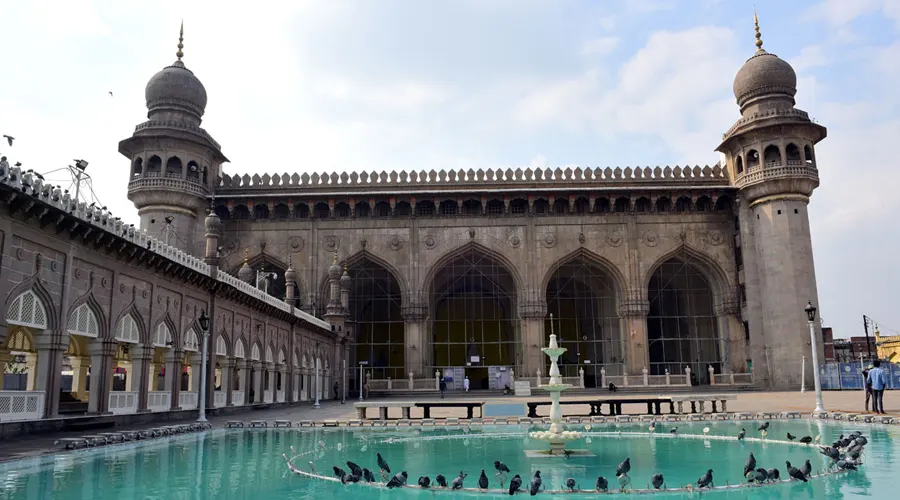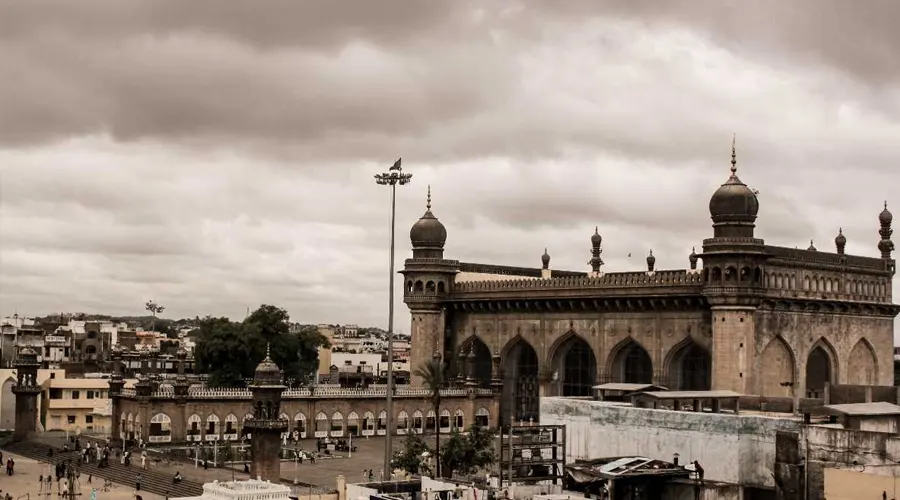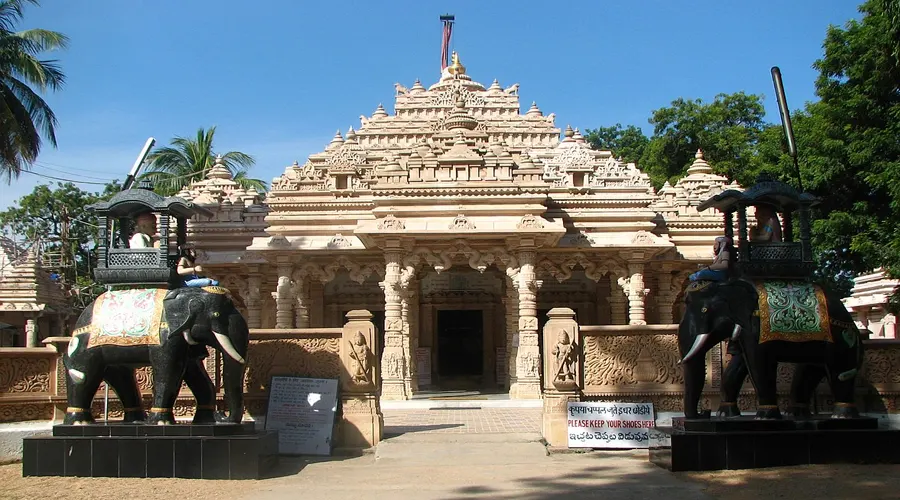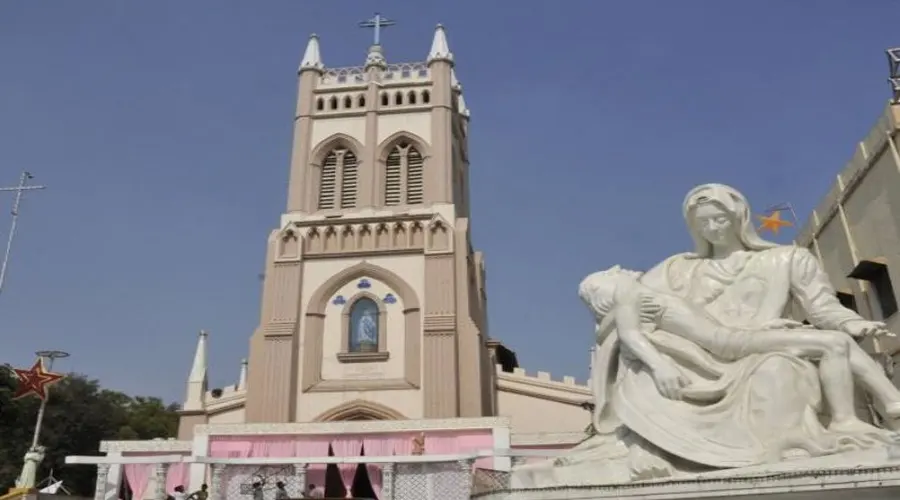Bhuvanagiri Fort
A majestic structure that reflects the relics of the 12th century is the Fort of Bhuvanagiri or Bhongir constructed by Tribhuvanamalla Vikramaditya, a Chalukya ruler. Sprawling over an area of 40 acres, this fort is nestled atop a hill nearly 500 feet above ground level.
Renowned for its impressive architecture and geometric structure, the fort is oval-shaped and comprises two entry points. The fort is also bastioned with fosse which makes it completely impregnable. Further, the fort also features underground chambers, secret places for weapons, trap doors, and stables.
Two ponds and some deep wells are also found within the premises of the fort. Situated at the entrance of the fort is an idol of Sardar Sarvai Panappa, who served as the one-time ruler of this fort as well as the monarch of the Goud community. To reach this amazing structure, tourists can either take the stairway or trek along the steep path.
History of Bhuvanagiri Fort
In folklore, there are many stories about the cities of Bhuvanagiri Durgam and Bhuvanagiri. A king of the Chalukya dynasty, Rajayagiri, was looking for a fort on the Mallanna Gutta. Impressed by the beauty of the mountain, King Rajagiri built a khilla at the fort. When King Inamuliku gave Bonaiyah, who had shown such a wonderful place, he gently rejected them and requested that his name and the name of his wife Giramma be built together. Legend has it that the city that the king built on their names is today cultured in Bhuvanagiri. However, there is no historical basis for this folklore.
Historians say that Bhuvanagiri Durgam was built more than 3 thousand years ago and that the Bhuvanagiri region was ruled by everyone who ruled Telangana. However, archaeologists say that there are human settlements in the area before the Bhuvanagiri Fort. Here the medieval era burrows, arrows, stone axes, swords, and tombs were uncovered. Traces of medieval human habitation, as well as human settlements of the Neolithic age, were discovered
Bhuvanagiri Fort was long time ruled by Qutub Shahi. Later, when the Mughals invaded Golconda in 1687, they came to power. Sarvai Pandu who was born in Telangana to a common Kalu Geetha family won the Orugal in 1708 and later took over Bhuvanagiri. Before his conquest of Golconda, he had hidden his vast treasures here at the Kalika Mata temple in the interior of the hill. Some many caves and tunnels have not yet been discovered on the hill. Historians claim that the coins of the Vishnu Kundi period were found here.
Architecture of Bhuvanagiri Fort
Bhuvanagiri Fort is an ancient monument built on a monolithic rock fortress, about 47 km from the city of Hyderabad. The hill is 610 meters high and is the tallest mountain in Telangana. The mountain is an oval monolithic mountain and from the south, it looks like a tortoise and a sleeping elephant from the west. This is one of the Anantagiri lines in the Balaghat lines. Bhubanagiri Fort is said to have been built during the reign of Mugla Vikramaditya, the 6th triangular dynasty of the Western Chalukya dynasty. It is named after him as the Bhuvanagiri Fort, which historians say was popular during the Kakatiyas.
The hill has southbound and southeastern passageways. The current route starts from the southwest. Bhuvanagiri Fort is the first steel gateway. It is said that the Nizam built it at his own expense. The entrance resembles that of Fateh Darwaza, the first gate of Balahisar in Golconda Fort. Tall walls and spacious rooms are visible in the architecture of Islamic culture.
The inner courtyards of the fort include horseshoes, granaries, and military houses. There are many intriguing secret passageways in the fossil under the Rajaprasadas. It is said that no one has yet been able to find where these tunnels go. In addition to this, there are many stone sculptures in the vicinity of the palace, palaces, floral decorations, and Kakatiya-style sculptures depicting the Chalukyas. There is a Shiva temple on the hill of Bhuvanagiri, a statue of the black Nandi, Someshwara, a Bammadevara temple, and a monastery under the hill. Over time we have seen some temples on the hill in ruins and the guttural valleys.

